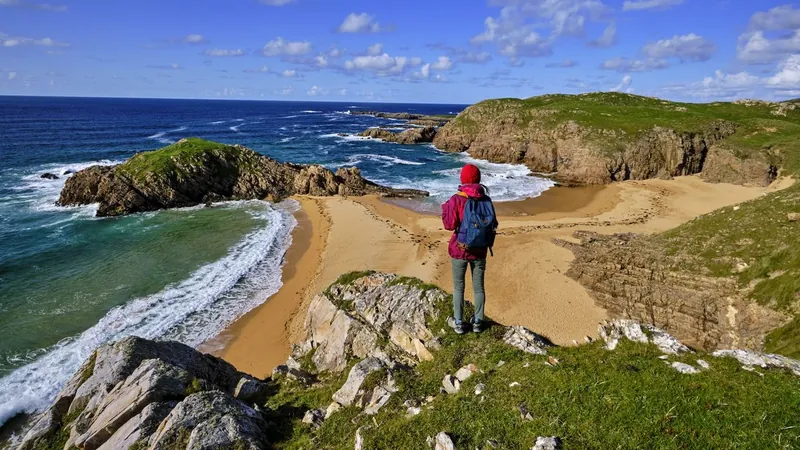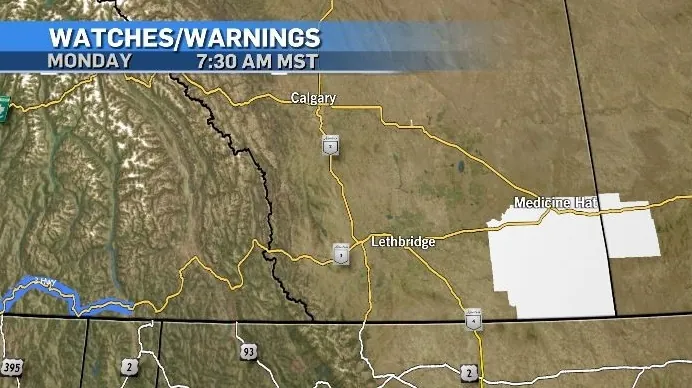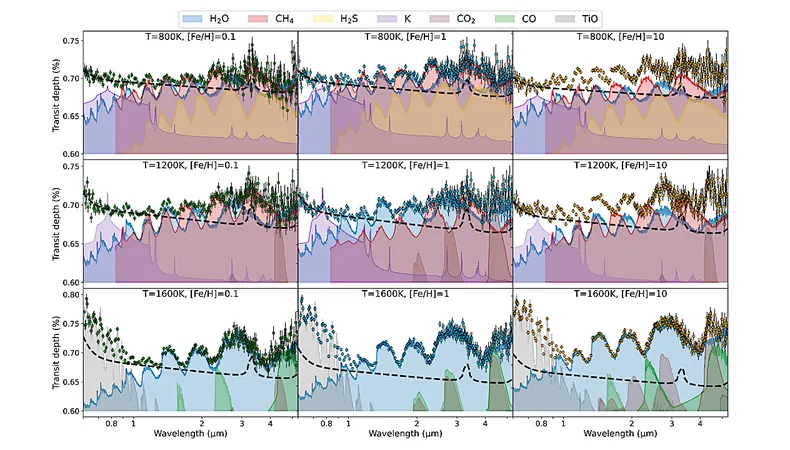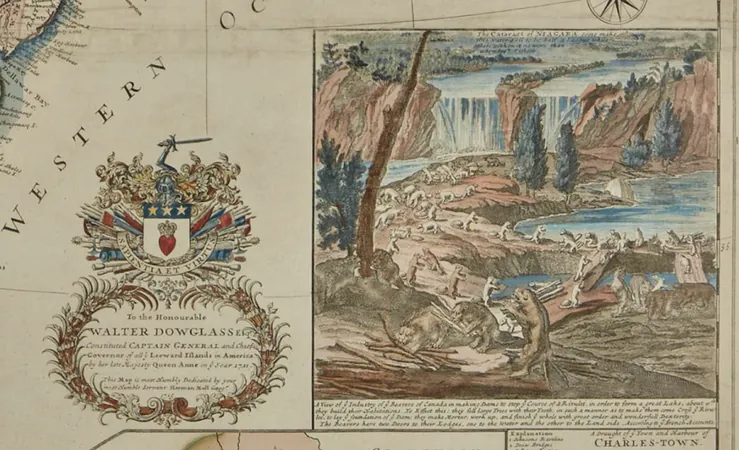
The Mind-Boggling 'Coastline Paradox': Why Measuring Coastlines is More Complicated Than You Think!
2024-11-11
Author: Jacob
In the vast expanse of the United States, Alaska boasts the longest coastline, adorned with breathtaking fjords and intricate inlets. But just how long is this coastal stretch? The answer isn’t as straightforward as one might hope. The Congressional Research Service cites the figure at 6,640 miles (10,690 kilometers), while the National Oceanic and Atmospheric Administration (NOAA) claims it stretches an astonishing 33,904 miles (54,563 kilometers). Confused yet?
This discrepancy raises a fundamental question: How can two reputable organizations provide such wildly different measurements of the same coastline? Ryan Stoa, an associate professor at Louisiana State University, delves into this puzzling issue and uncovers an intriguing mathematical phenomenon known as the coastline paradox. This paradox has perplexed scientists and mathematicians for decades.
The crux of the coastline paradox lies in the nature of coastlines themselves; they are anything but straight. As you soar over Alaska in an aircraft, you’ll notice a complex tapestry of bays, inlets, and rocky outcrops. The more closely you examine the coastline, the more detailed it becomes. This means that the length of a coastline can drastically change based on the measurement tool—or "ruler"—you choose. Using a long ruler may yield a simpler, shorter measurement that doesn’t capture all the intricacies, while a shorter ruler accounts for every nook, dramatically increasing the total length. It's a paradox that leaves many scratching their heads!
This fascinating issue has roots in mathematical history. Back in 1961, mathematician Lewis Fry Richardson pointed out that different scales lead to divergent measurements of coastlines, a conclusion further explored by Benoit Mandelbrot in 1967. Mandelbrot's research led to the concept of fractals—shapes that reveal more complexity the closer you examine them. In theory, if one were to measure a coastline down to the tiniest detail, it could stretch toward infinity!
While this theoretical exploration is captivating, practical coastline measurements do exist. However, they vary widely due to mapping resolutions. Different datasets capture coastlines with varying levels of detail, impacting legal and environmental discussions significantly. For instance, the United Nations Convention on the Law of the Sea relies on coastal baselines to allocate national resource rights. This means the length of a coastline can have real-world implications for a nation's access to valuable maritime resources.
As Stoa points out, the fundamental issue remains: there’s no universally accepted unit of measurement for coastlines, leading to confusion and debate among countries. To further complicate matters, coastlines are not static; they evolve due to tides, erosion, and rising sea levels. This means that maps from decades ago may already be outdated. Just a small increase in sea level can significantly alter coastal boundaries.
So, just how much coastline does Alaska, the United States, or even the globe possess? The truth is, we may never nail down an exact figure. The coastline paradox reminds us of the stunning complexity of nature, eluding our attempts to confine it to neat measurements. In a world where precision is prized, the fluidity of coastlines stands as a testament to the incredible, ever-changing landscape of our planet!









 Brasil (PT)
Brasil (PT)
 Canada (EN)
Canada (EN)
 Chile (ES)
Chile (ES)
 España (ES)
España (ES)
 France (FR)
France (FR)
 Hong Kong (EN)
Hong Kong (EN)
 Italia (IT)
Italia (IT)
 日本 (JA)
日本 (JA)
 Magyarország (HU)
Magyarország (HU)
 Norge (NO)
Norge (NO)
 Polska (PL)
Polska (PL)
 Schweiz (DE)
Schweiz (DE)
 Singapore (EN)
Singapore (EN)
 Sverige (SV)
Sverige (SV)
 Suomi (FI)
Suomi (FI)
 Türkiye (TR)
Türkiye (TR)